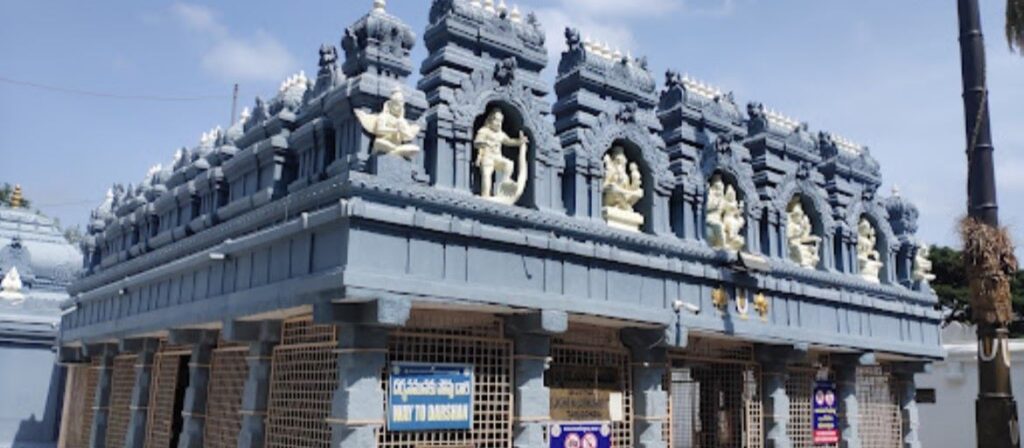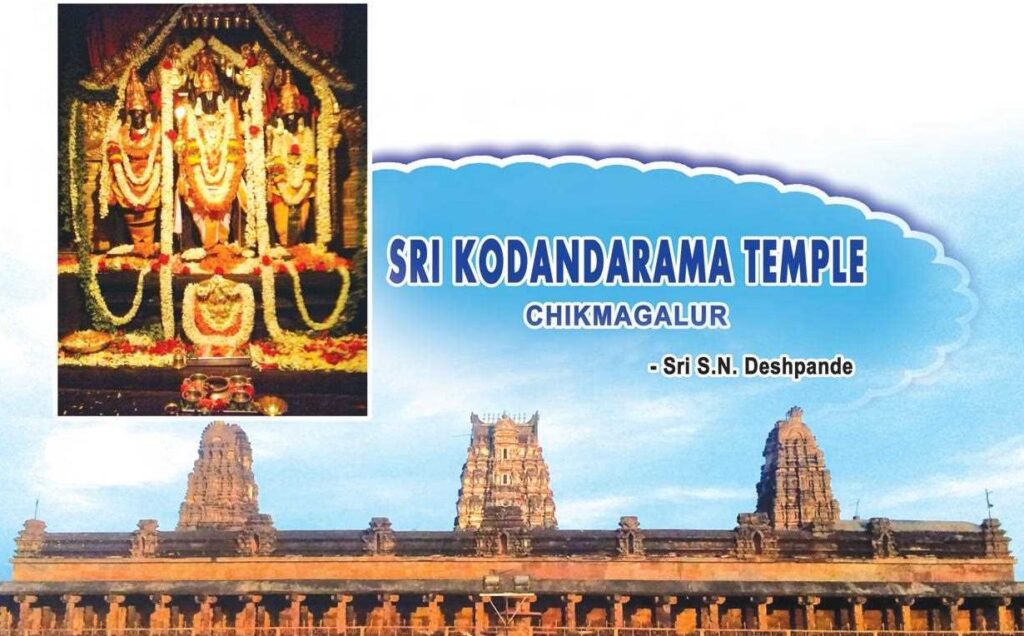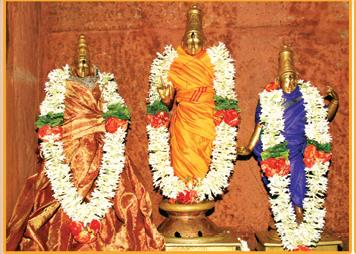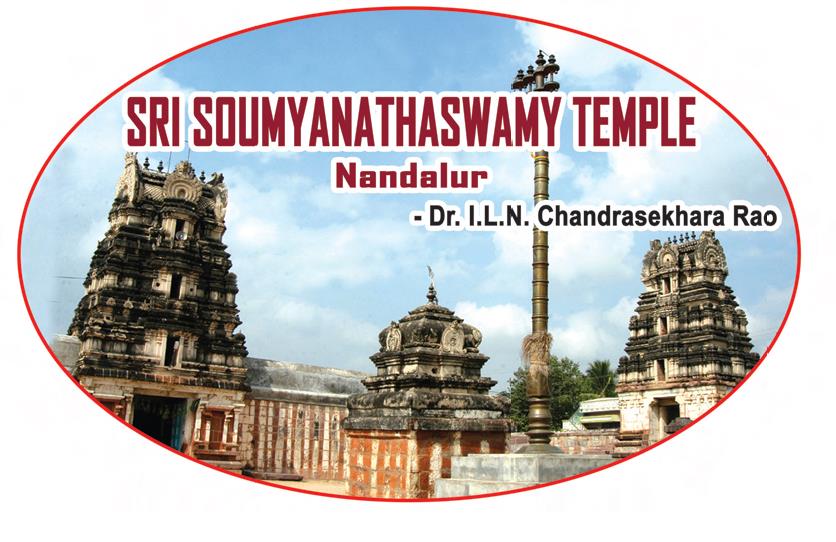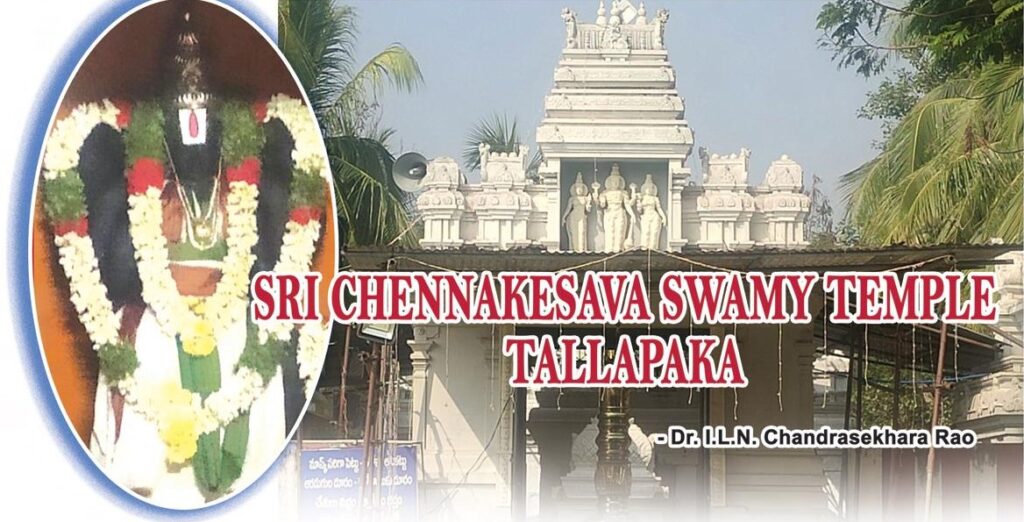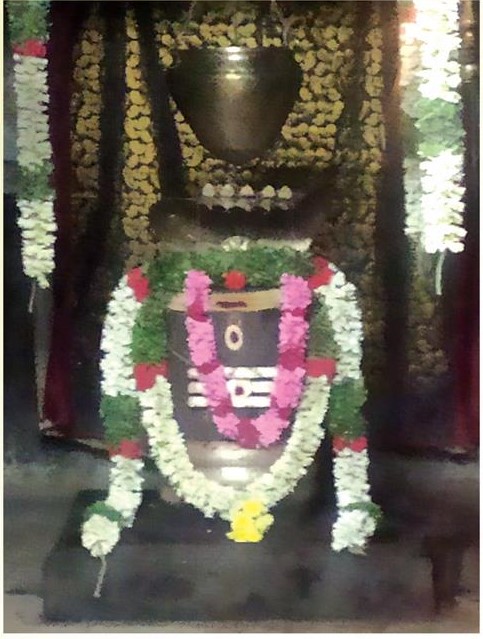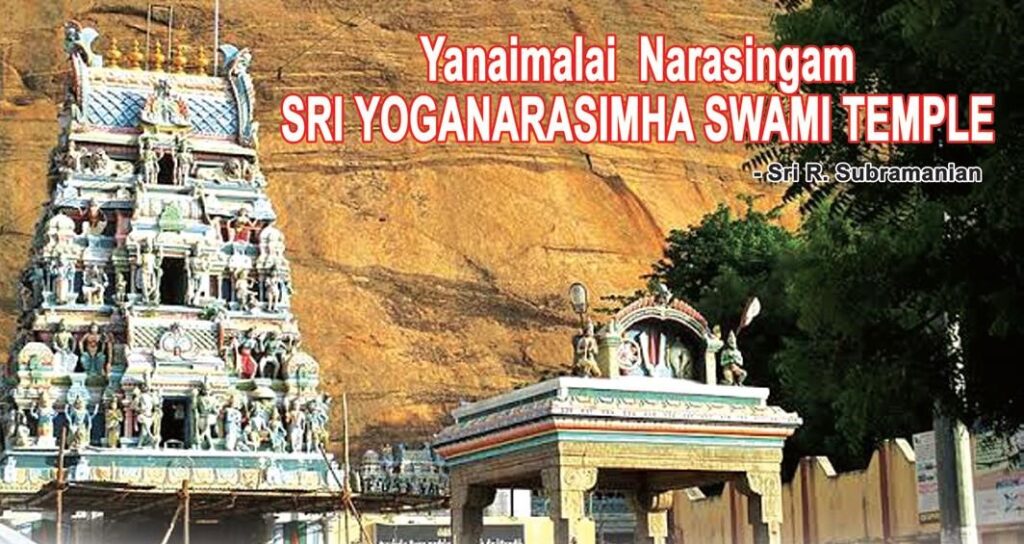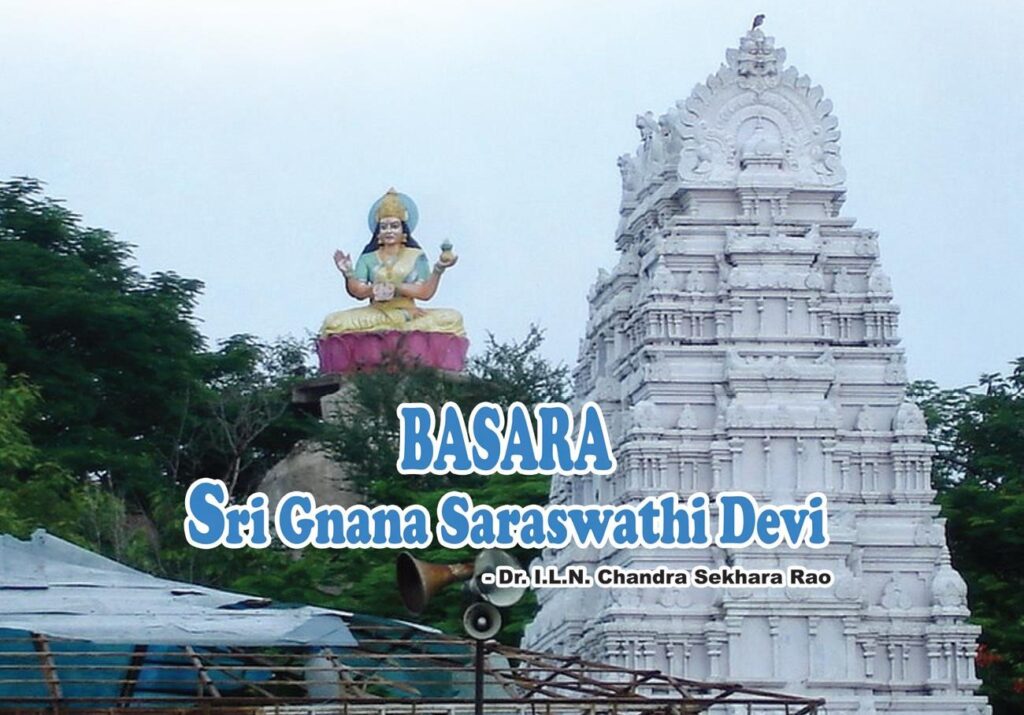Sri Lakshmi Narasimha Swamy Temple Tarigonda is the Birthplace of A great poetess and an Ardent devotee of Lord Narasimha Swamy and Lord Venkateswara Swamy Matrusri Tarigonda Vengamamba. There was a Big Vishnu temple in Tarigonda. The temple deity is Sri Lakshmi Narasimha Swamy who is known for Sathya Pramanas (Promise) and consideration towards the devotees Read More
Category: Hindu Temples
Hindu temples are known by many different names, varying on region and language, including Alayam, Mandir, Mandira, Ambalam, Gudi, Kavu, Koil, Kovil, Déul, Raul, Devasthana, Devalaya, Devayatan, Devakula, Devagiriha, Degul, Deva Mandiraya, and Devalayam
Sri Kodanda Ramachandra Swamy Temple, Hiremagalur
Sri Kodanda Ramachandra Swamy Temple If we are looking for a place not much known or not crowded where one can find the serenity that soothes our senses to purify our thoughts, we must visit Sri Kodanda Ramachandra Swamy Temple in Hiremagalur just 5km from Chikmagalur in Karnataka. Chikamagalur is about 250 km from Bengaluru. Read More
Sri Pattabhirama Swamy, Valmikipuram (Vayalpadu)
Sri Pattabhirama Swamy Temple In the temple at ‘Valmikipuram’, Lord Rama is worshipped as Sri Pattabhirama Swamy, and named as the wish-fulfilling god of devotees. The sthalapurana says that once Jambavant had reached Ayodhya, visited Lord Rama and left again. Click here for Google Map’s location While reaching this area in the middle of the Read More
Sri Narapura Venkateswara Swamy, Jammalamadugu
Sri Narapura Venkateswara Swamy Temple The holy place in which the Supreme deity of Kaliyuga Sri Venkateswara Swamy is receiving the worship of the devotees at Jammalamadugu is the name of Sri Narapura Venkateswara Swamy Temple. The temple deity is Sri Narapura Venkateswara Swamy who is known for his consideration towards the devotees who are Read More
Sri Soumyanatha Swamy Temple, Nandalur
Sri Soumyanatha Swamy Sri Maha Vishnu is sheltered in a beautiful gentle form as Sri Saumyanatha Swami in Nandaluru temple. The deity of the temple is known for his consideration towards the devotees who are in dire necessity of God’s blessings. It is believed that He blesses all his devotees generously. Location Nandalur is located Read More
Sri Chennakesava Swamy Temple, Tallapaka
Sri Chennakesava Swamy Temple Tallapaka is the Birthplace of Padakavitha Pitamaha Sri Tallapaka Annamacharya who wrote more than 32 thousand kirthanas on Sri Venkateswara Swamy of Tirumala. There is a Vishnu temple in Tallapaka. The deity of the temple is Sri Chennakesava Swamy who is known for His benevolence towards the devotees who are in Read More
Sri Siddheswara Swamy Temple, Tallapaka
Sri Siddheswara Swamy Temple in Tallapaka There are many temples in different parts of our country for Lord Shiva. Since ancient times, many deities, and sages have worshipped Lord Shiva in the form of a Linga. Many Shiva temples are said to have been constructed by Sri Ramachandramurti. One of such temples established by Lord Read More
YanaiMalai Narasingam Sri Yoga Narasimha Swamy Temple
Narasingam Sri Yoga Narasimha Swamy Temple To put an end to the atrocities of evildoers and to defend His true devotees Lord Mahavishnu took as many as 24 avatars of which the most popular are the ten avatars called Dasavatara. In almost all Vishnu temples we can have dharshan of Dasavataras in a separate sannidhi. Read More
Goddess of Kolhapur – Sri Mahalakshmi
Sri Mahalakshmi Temple, Kolhapur Sri Mahalakshmi is the consort of Mahavishnu. The divine couple’s dwelling place is Vaikunta. Sri Mahalakshmi accompanied Sri Mahavishnu in most of his incarnations. Tirumala Venkateswara is one of the incarnations of ‘Lord Vishnu’ and so Tirumala Venkateswara is also invoked with the name ‘Srinivasa’ in which ‘Sri’ means Mahalakshmi and Read More
Sri Gnana Saraswathi Devi, Basara
Sri Gnana Saraswathi Devi There are very few temples of Goddess Saraswathi Devi. Basara Sri Gnana Saraswathi Devi temple is one of the ancient historical temples in India. Basara is situated in Nirmal District of Telangana State and is 35 km away from Nizamabad town. As per sthalapurana, in the olden days Sri Vyasa Maharshi Read More
